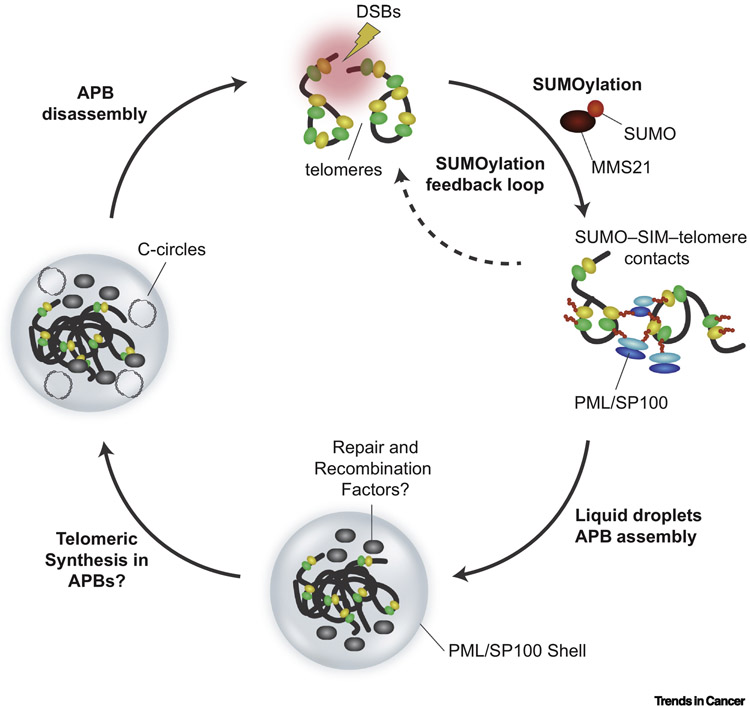FIGURE 2. THE BIOGENESIS AND FUNCTION OF APBs.
SUMOylation of Shelterin components, TRF1 and TRF2, recruits PML/SP100 via SUMO-SIM interactions. SUMOylation-induced APB condensates lead to clustering of telomeres and DNA repair factors within the PML/SP-100 shell. A positive SUMOylation feedback loop enhances APB formation. APBs act as a platform to concentrate repair and recombination factors to perhaps facilitate telomeric DNA synthesis, particularly of extra-chromosomal C-circles. APBs are subsequently disassembled as a result of deSUMOylation events.

